

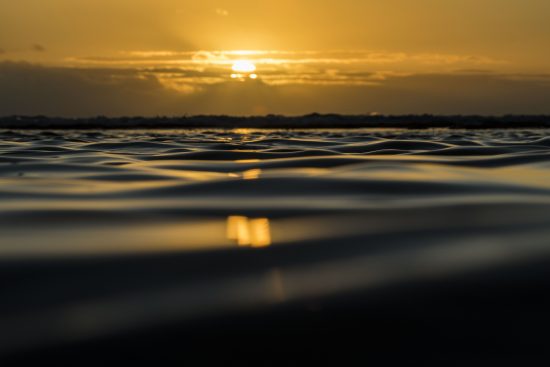
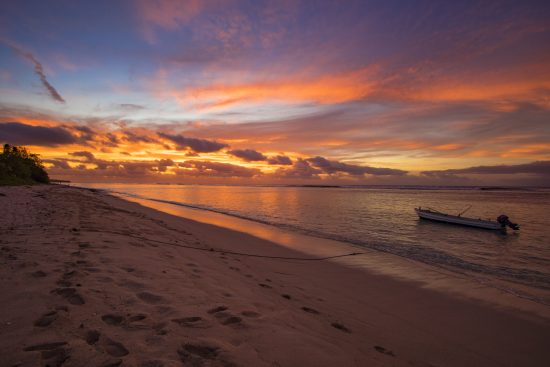
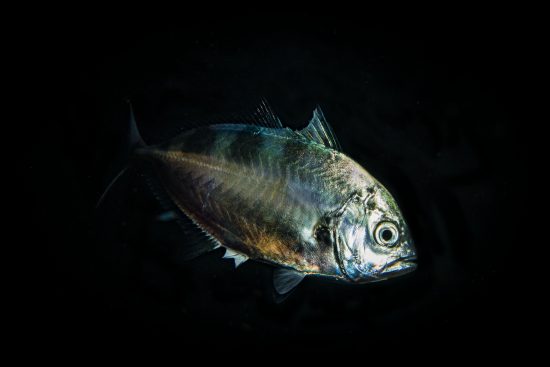
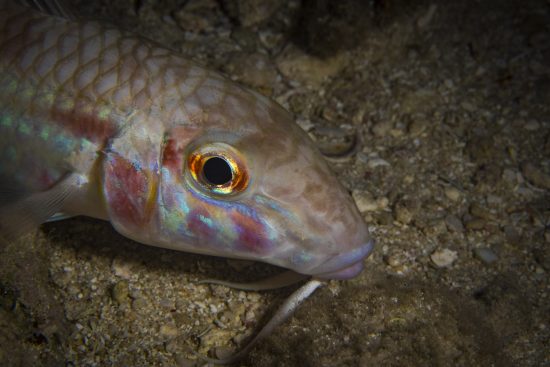
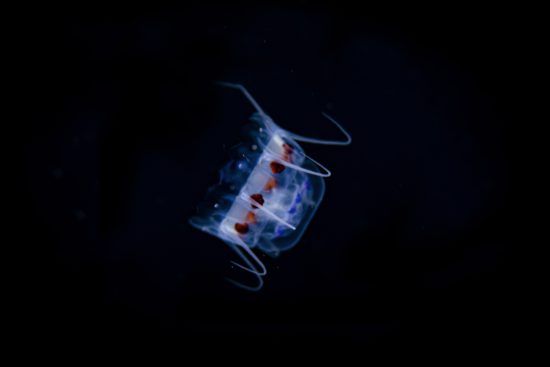
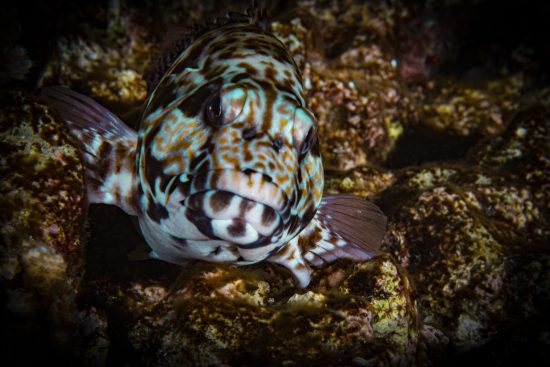
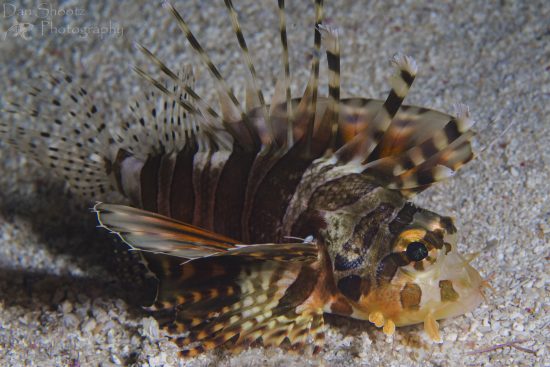
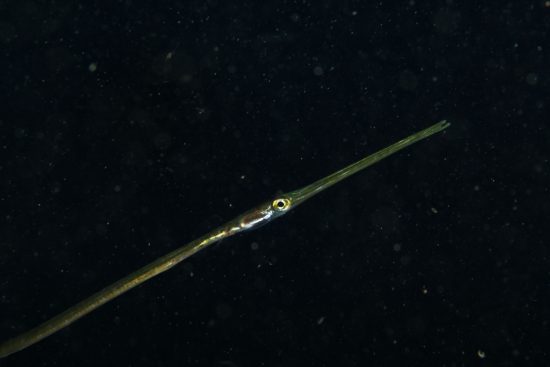
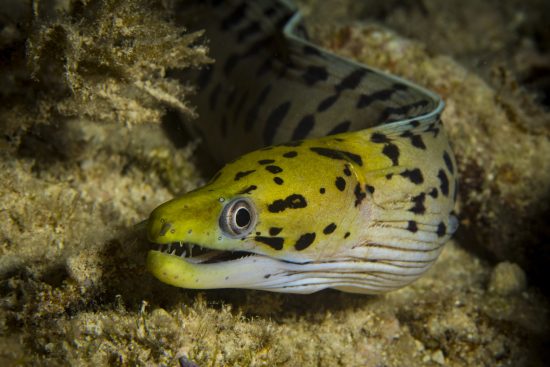
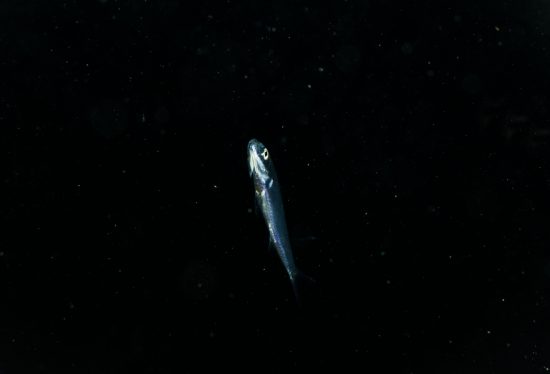
Lagoon comes from the Italian word 'laguna' meaning pond or lake. Like the name suggests, a lagoon is generally a shallow body of water protected by reef or sand bars with an opening out into the sea known as a 'pass'. Taking as many as 300,000 years to form, these amazing coral formations are fantastic for snorkeling and swimming. For photographers, they are the ideal location, stacked full of marine life and with crystal clear sheltered water, lagoons are one of my favorite spots to photograph. Down here in the south pacific we are lucky enough to have many lagoons at our doorstep, so recently I visited the Tongan archipelago for several days of lagoon exploration.
Tonga, famous for its Humpback whale migrations, is made up of 169 islands divided into 3 main groups: Vavau , Ha'apai and Tongatapu. Much like the rest of the Pacific, the best way to see these islands is by boat, however, due to time constraints, this was not possible. Instead I was to base myself on the main island of Tongatapu, Nuku Alofa, and explore the stunning lagoons and reefs surrounding it.
I had plans to dive some of the many passes and offshore reefs, however, the weather had other ideas, so I changed my focus to freediving and snorkeling the sheltered lagoons for the majority of my trip.
All lagoons have a break in the reef where water can enter and exit and, depending on the tide, these can be incredibly dangerous. These 'passes', as they are known, are generally fantastic for diving because they are rich with nutrients brought in from the open ocean. As well as nutrients, these passes also provide an entry and exit for large predators like sharks and turtles into the lagoons as well as other weird and wonderful marine life, as I was soon to find out.
Lagoon exploration
Arriving in Haatafu late in the afternoon I set up my gear in anticipation for the night ahead. With balmy 29 degree water in the lagoons, and a night time air temperature of 26, all I needed was my 1mm thermo guard and some boardies for protection against stinging things.
After setting up my camera gear and lights, I went down to the lagoon to watch the stunning sunset and planned out my night snorkel. Taking into account the tides and current, my plan was to head to the top of the lagoon and then drift down with the current, getting out when I reached the lone lights of the resort. If i missed the my 'get out spot', only a hundred meter's further down was where the second pass acted like a giant plug hole. Water here would be racing out to sea, and with no chance to swim against such a strong current, getting stuck in that could be disastrous. I would be getting out well before that, I hoped . . .
The Night Life Of Tonga
The lagoon during the day is home to many varieties of fish and crustaceans, all going about their business in the warm shallow tropical waters. Tourists love snorkeling around these colorful reefs, looking at all the beautiful reef fish. During the night time, however, these fish retreat to the cover of the reef to sleep, and in their place nocturnal species come out to patrol the lagoon.
During the night, the strong sweeping currents of the South Pacific were also bringing in strange pelagic larvae and juvenile fish all attracted by the beams of my torch light: juvenile flute mouths, jellyfish, lion fish, translucent eel larvae, fish that floated vertically and weird worm-like creatures straight out of the 'Alien' movie all made an appearance like moths to a light. Unfortunately, the strong currents which brought in these strange creatures also made it incredibly difficult to photograph them.
If you have ever thought about shooting macro in the dark then make sure you have plenty of A) patience and B) battery power, macro is hard enough during the day but at night while freediving it was proving to be the next level of difficulty. After many failed attempts at photographing the translucent species and fighting against the strong current, I decided to just go with the flow and drifted down the lagoon, every so often a subject would stay in my torch light long enough to focus, position my strobes and then pull the shutter, enabling me to get a few images that summed up this crazy night.
These weird black water creatures were a real highlight of my diving career so far, however, with less than ideal conditions, I turned my concentration to sleepy reef fish and other species that were using the cover of darkness for hunting. The reef really is incredible at night, and I can highly recommend giving it a go in safe conditions with a buddy.
Only being able to see whats in your torchlight makes you feel very vulnerable, and your mind may wonder about whats swimming out there just past your torchlight , your eyes may even start playing tricks on you, but floating amongst millions of stars and seeing some unique species and nocturnal behavior is truly remarkable.
Let me know about your night time diving below, and if you want to see more images from this experience, please checkout my website.
Equipment for night time underwater Photography:
- Essence Liquidskin mask and snorkel
- Mares Long Sleeve Thermo Guard
- Canon 7DMK2 in an Ikelite housing
- Ikelite DS125 and DS160 Strobes
- Light N Motion wide angle torch (for attracting subjects and focus lighting)
Thanks for reading and stay tuned for my next blog on why you should explore these tropical lagoons during the day.
Written & photographed by Dan Westerkamp
 Dan
Dan 12th May 2020
12th May 2020